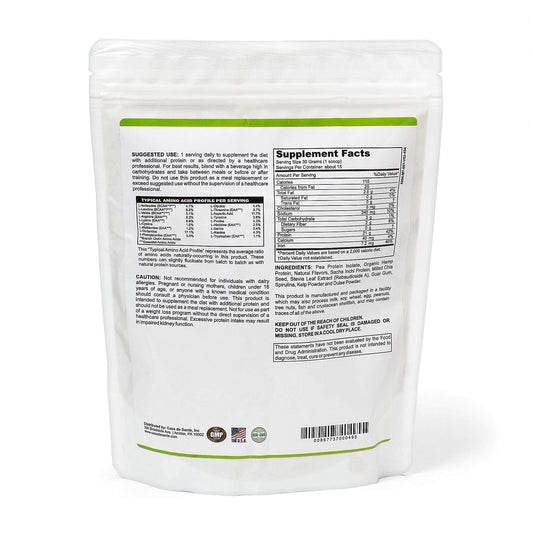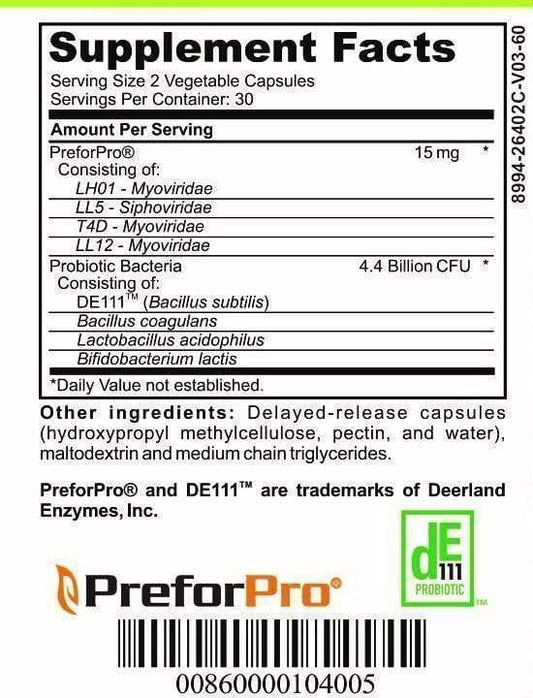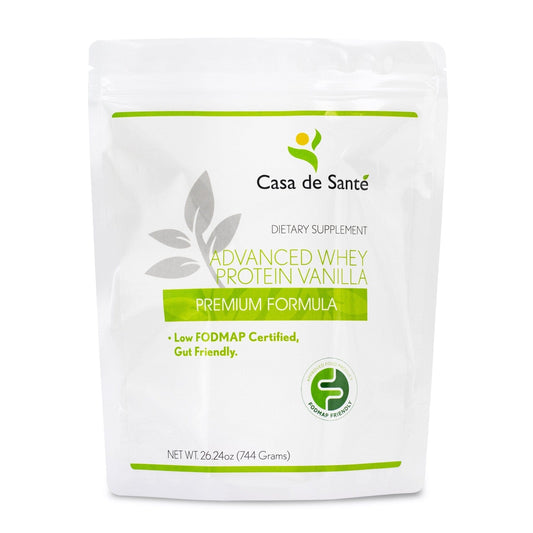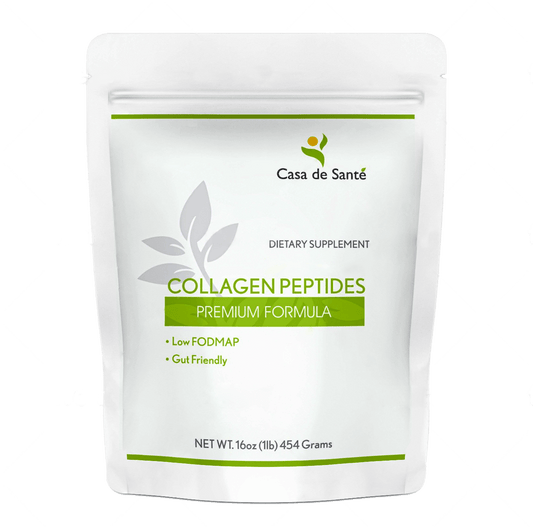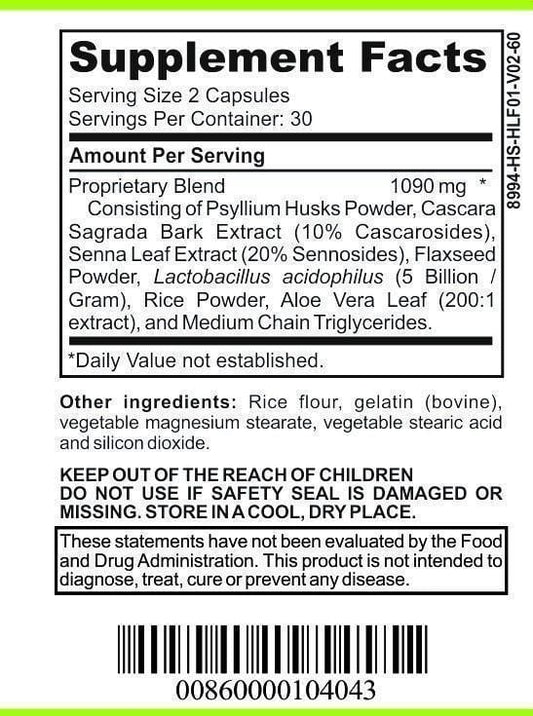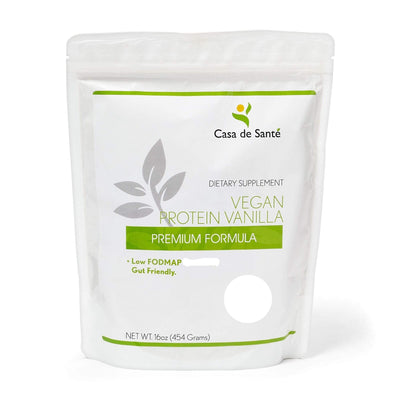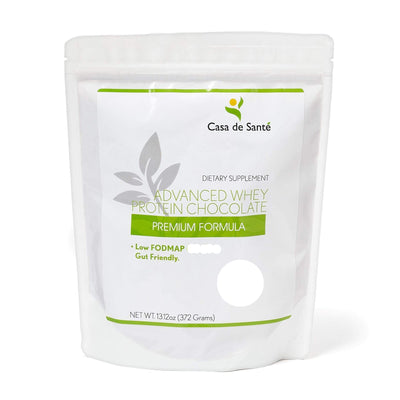LRA Food Block 238 by ELISA / ACT Biotechnologies Vs Total IgE Test
LRA Food Block 238 by ELISA / ACT Biotechnologies Vs Total IgE Test
In today's world, where food allergies are on the rise, it has become increasingly important for individuals to understand and identify their specific food sensitivities. Food allergy testing plays a crucial role in this process, allowing people to pinpoint which foods may be triggering adverse reactions in their bodies. Two popular tests that are frequently used for this purpose are the LRA Food Block 238 by ELISA / ACT Biotechnologies and the Total IgE Test. In this article, we will delve into the details of both these tests, exploring their methodologies, accuracy, and clinical applications, to help you make an informed decision about which test may be right for you.
Understanding the Basics of Food Allergy Testing
Food allergy testing is a vital tool that helps individuals identify specific foods and substances that their immune systems may have an adverse reaction to. By understanding these sensitivities, people can modify their diets and make informed choices about the foods they consume. Food allergy testing can be performed using various methods, and two commonly used tests are the LRA Food Block 238 by ELISA / ACT Biotechnologies and the Total IgE Test. Let's explore each of these tests in detail.
What is LRA Food Block 238 by ELISA / ACT Biotechnologies?
The LRA Food Block 238 test, developed by ELISA / ACT Biotechnologies, is a comprehensive method of food allergy testing. This test measures delayed hypersensitivity reactions in the body by analyzing lymphocyte reactivity. Lymphocytes, a type of white blood cell, play a crucial role in our immune response. By testing the reactivity of lymphocytes against specific food antigens, the LRA Food Block 238 test aims to identify which foods may be triggering adverse reactions in the body.
During the LRA Food Block 238 test, a blood sample is taken from the individual and sent to a laboratory for analysis. The sample is then exposed to a panel of food antigens, and the reactivity of lymphocytes is measured. This test stands out due to its ability to detect delayed hypersensitivity reactions, which are not typically identified by traditional IgE-based tests. These delayed reactions can manifest hours or even days after consuming the offending food, making them challenging to pinpoint without specialized testing methods.
Once the results are obtained, a comprehensive report is generated, outlining the specific foods that triggered a reaction in the individual. This report can then be used by healthcare professionals to guide dietary modifications and create personalized meal plans that avoid the identified allergens.
The Total IgE Test: An Overview
The Total IgE Test, on the other hand, is a commonly used blood test that measures the level of Immunoglobulin E (IgE) antibodies in the bloodstream. IgE antibodies are produced by the immune system in response to allergens. In the case of food allergies, an elevated level of IgE antibodies specific to certain foods indicates an allergic reaction.
Similar to the LRA Food Block 238 test, the Total IgE Test requires a blood sample to be taken from the individual. The sample is then analyzed in a laboratory to measure the level of IgE antibodies present. This test primarily detects immediate hypersensitivity reactions, which occur within minutes after exposure to the allergen and often result in symptoms such as hives, swelling, and difficulty breathing.
Once the results of the Total IgE Test are obtained, healthcare professionals can use them to confirm the presence of food allergies and guide treatment options. These may include allergen avoidance, medication management, and the development of an emergency action plan in case of severe allergic reactions.
It is important to note that both the LRA Food Block 238 test and the Total IgE Test have their strengths and limitations. While the LRA Food Block 238 test excels at identifying delayed hypersensitivity reactions, the Total IgE Test focuses on immediate hypersensitivity reactions. Therefore, depending on the individual's symptoms and suspected allergens, healthcare professionals may recommend one or both of these tests to provide a comprehensive understanding of their food allergies.
In conclusion, food allergy testing plays a crucial role in helping individuals identify and manage their allergies. Whether it is through the LRA Food Block 238 test or the Total IgE Test, these diagnostic tools provide valuable insights into an individual's immune response to specific foods. Armed with this knowledge, individuals can make informed decisions about their diets and take necessary precautions to prevent adverse reactions.
The Science Behind the Tests
The Technology and Methodology of ELISA / ACT Biotechnologies
The LRA Food Block 238 test utilizes a unique technology known as Lymphocyte Response Assay (LRA). This assay involves exposing the patient's lymphocytes to various antigens found in foods and measuring the cellular response. By analyzing the reactivity of lymphocytes, the test can identify which foods may be causing an immune system response.
The process begins with collecting a blood sample from the patient. The blood is then processed to isolate and purify lymphocytes. These lymphocytes are then exposed to different antigens, including a wide range of foods, additives, and chemicals. The level of reactivity is measured, allowing for the identification of potential allergenic triggers.
Once the lymphocytes are isolated, they are carefully cultured in a controlled environment to ensure their optimal growth and functionality. This step is crucial to obtain accurate and reliable results. The lymphocytes are provided with the necessary nutrients and conditions to thrive, allowing them to respond appropriately to the antigens.
After the lymphocytes have been cultured, they are exposed to the antigens. The antigens are carefully selected to represent a broad range of potential allergens that individuals may encounter in their daily lives. This includes common food items, such as dairy, wheat, nuts, and seafood, as well as additives and chemicals that are commonly found in processed foods.
During the exposure, the lymphocytes interact with the antigens, triggering a cascade of immune responses. This includes the release of various cytokines and other signaling molecules that are indicative of an immune reaction. The level of reactivity is measured by analyzing the concentration of these immune markers, providing valuable insights into the patient's immune response to specific antigens.
How Does the Total IgE Test Work?
The Total IgE Test is a blood test that measures the overall level of Immunoglobulin E (IgE) antibodies in the bloodstream. This test involves drawing a blood sample from the patient and sending it to a laboratory for analysis.
Once the blood sample reaches the laboratory, it undergoes a process called enzyme-linked immunosorbent assay (ELISA). This widely used technique is based on the specific binding of antibodies to their corresponding antigens.
In the case of the Total IgE Test, allergen-specific antibodies are added to the blood sample. These antibodies have a high affinity for IgE antibodies. If the patient has specific allergic antibodies against any of the tested allergens, a reaction occurs. The allergen-specific antibodies bind to the IgE antibodies, forming immune complexes.
After the immune complexes are formed, a secondary antibody is added. This secondary antibody is labeled with an enzyme that can produce a detectable signal. The enzyme catalyzes a reaction that generates a color change or a fluorescent signal, depending on the specific detection method used.
The intensity of the signal is directly proportional to the amount of IgE antibodies present in the blood sample. By comparing the signal obtained from the patient's sample to a standard curve, the concentration of IgE antibodies can be determined, providing valuable information about the patient's overall allergic response.
The Total IgE Test is commonly used in the diagnosis and monitoring of allergic diseases, such as asthma, hay fever, and food allergies. It helps healthcare professionals assess the severity of allergic reactions and develop appropriate treatment plans tailored to the individual patient's needs.
Comparing LRA Food Block 238 and Total IgE Test
Accuracy and Sensitivity: LRA Food Block 238 Vs Total IgE Test
When considering the accuracy and sensitivity of food allergy tests, both the LRA Food Block 238 and the Total IgE Test have their strengths and limitations.
The LRA Food Block 238 test is known for its ability to detect delayed hypersensitivity reactions that may go unnoticed by traditional IgE-based tests. The test offers a comprehensive analysis of lymphocyte reactivity and provides information about potential triggers that may be causing chronic symptoms or delayed allergic reactions.
On the other hand, the Total IgE Test excels in detecting immediate hypersensitivity reactions, which are more commonly associated with severe allergic responses. It identifies elevated levels of specific IgE antibodies related to certain allergens, indicating an allergic response. The Total IgE Test is particularly useful when diagnosing IgE-mediated allergic conditions, such as anaphylaxis.
Pros and Cons of Each Test
Both the LRA Food Block 238 and the Total IgE Test have their advantages and disadvantages, depending on the specific requirements of the individual being tested.
One of the major advantages of the LRA Food Block 238 test is its ability to identify delayed hypersensitivity reactions. These types of reactions can contribute to chronic symptoms and are often challenging to diagnose through other methods. Additionally, the LRA Food Block 238 test covers a wide range of food antigens, providing a comprehensive analysis of potential triggers.
On the other hand, the Total IgE Test offers a quick and relatively simple method for detecting immediate hypersensitivity reactions. It is widely available and provides valuable information about IgE-mediated allergies that cause severe and immediate allergic responses.
Case Studies and Clinical Trials
Real-world Applications of LRA Food Block 238
The LRA Food Block 238 test has been widely used in clinical settings, showing promising results in identifying specific food sensitivities and guiding dietary modifications for individuals with chronic symptoms. Numerous case studies have reported successful outcomes, with patients experiencing significant improvements in their health and well-being after identifying and avoiding their specific food triggers.
Clinical Successes with the Total IgE Test
The Total IgE Test has also demonstrated its efficacy in diagnosing IgE-mediated allergic conditions. Clinical trials have shown that this test can effectively identify food allergens that trigger immediate allergic reactions, enabling healthcare professionals to provide appropriate guidance and treatment to patients.
Making the Right Choice for Food Allergy Testing
Factors to Consider When Choosing a Test
When deciding between the LRA Food Block 238 test and the Total IgE Test, several factors should be taken into account. It is essential to consider the specific symptoms experienced, the suspected type of food allergy (immediate or delayed), and the level of accuracy required for diagnosis and treatment decisions.
For individuals with chronic symptoms that may be caused by delayed hypersensitivity reactions, the LRA Food Block 238 test can be a valuable tool. It offers comprehensive analysis and helps identify potential food triggers that may have otherwise gone undetected.
On the other hand, if immediate allergic reactions are suspected, the Total IgE Test is a reliable option. It provides quick results and is particularly useful when diagnosing severe allergic conditions that require immediate medical attention.
Expert Opinions on LRA Food Block 238 and Total IgE Test
It is always recommended to consult with healthcare professionals, such as allergists or immunologists, to determine the most suitable test for your specific situation. These specialists can provide expert opinions and guide you in making an informed decision based on your symptoms, medical history, and individual needs.
In conclusion, food allergy testing plays a crucial role in identifying specific food triggers and managing allergies effectively. The LRA Food Block 238 by ELISA / ACT Biotechnologies and the Total IgE Test are two widely used tests that offer unique approaches to food allergy diagnosis. By understanding the differences, advantages, and limitations of each test, individuals can make informed decisions about which test may be most beneficial in their specific case. Consulting with healthcare professionals will further guide them in making the right choice and ultimately achieving better health and quality of life.


